 I created this diagram to help me learn this material better and hopefully it helps others who learn like I do. I created it after consulting several sources on the history of English Language: my main information source was The History of English.
I created this diagram to help me learn this material better and hopefully it helps others who learn like I do. I created it after consulting several sources on the history of English Language: my main information source was The History of English.
Here are some links to help explore items on the chart:
- Celts: Prehistoric Settlement of the British Isles (wiki)
- Roman Occupation (BBC)
- Germanic Settlements: Anglo-Saxon Settlements of Britain (wiki)
- Viking Invasions (BBC)
Question to readers: Any corrections, suggestions or thoughts?


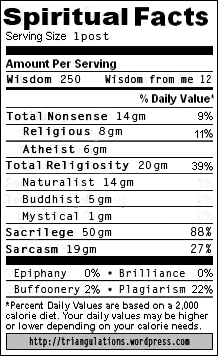



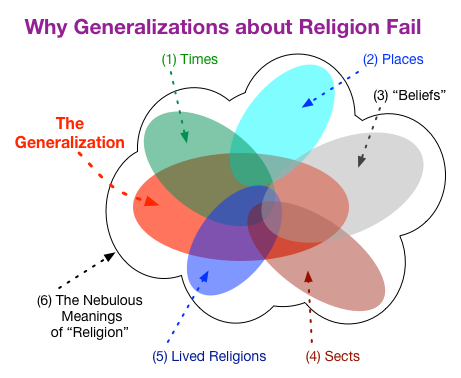


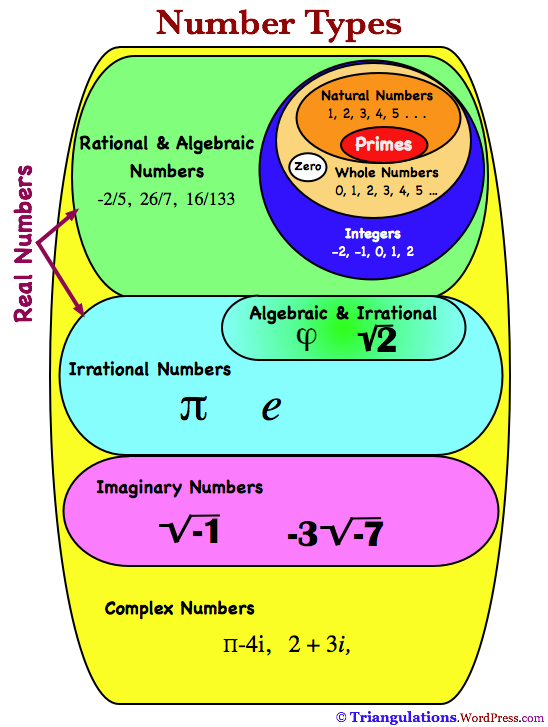


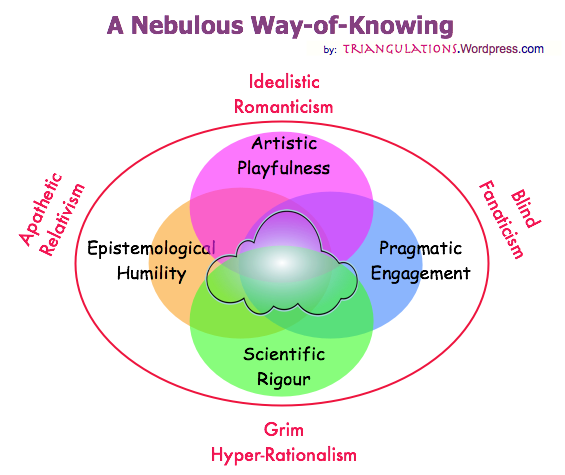






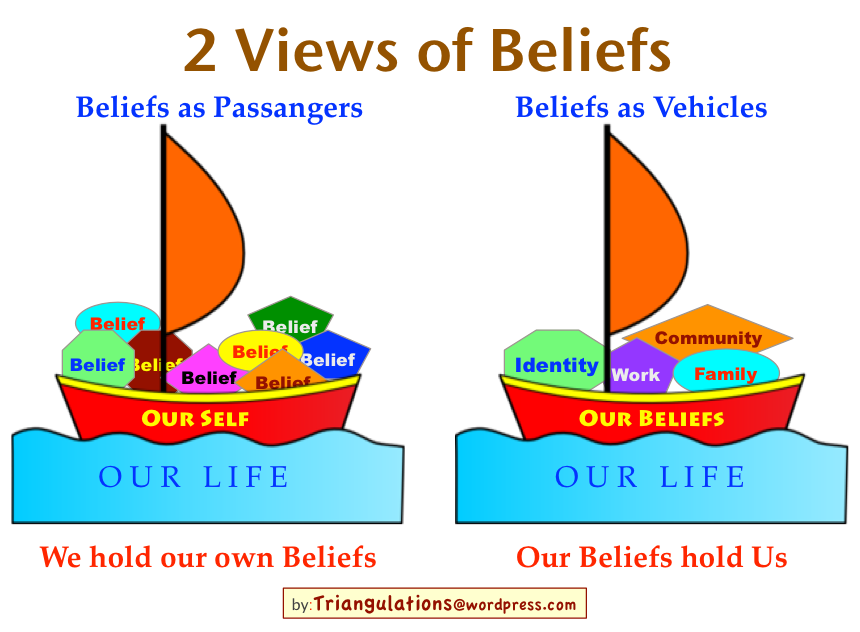







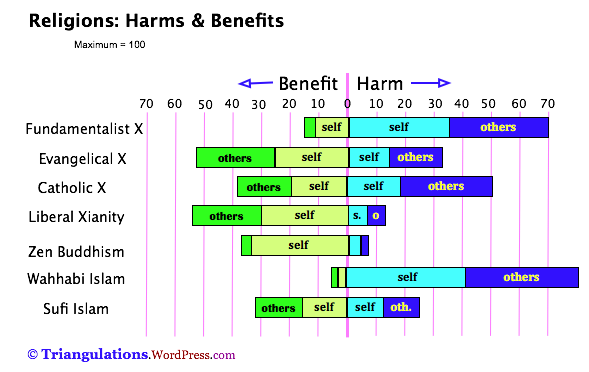



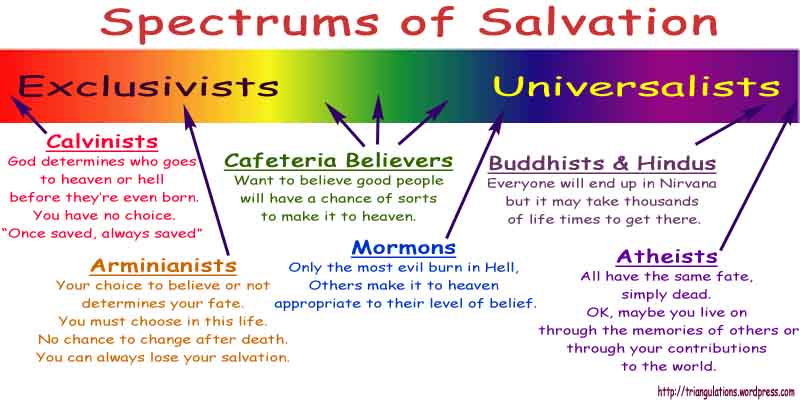




Thoughts/comments/anecdotes:
1) Why do some languages change so much more than others over the course of time? Beowulf is hardly decipherable by any English speaker without special training. However, Αλεξιάς (Alexiad), written around the same time, can be understood by a modern Greek speaker who has gone to high school.
2) Beef/Cow; Pork/Pig; Mutton/Lamb; … : When something is eaten in English, one uses a French word. So many words in English have French versions! This is, probably, why it’s easy to learn French.
3) Once, while staying in Wolfenbüttel in Germany, I visited a famous 500-year old library. In it, there was a 300-year old book, some sort of a travel book of a German to Englan. The author was talking about the barbarian English language and making fun of it.
4) I often learn a lot about the structure of another language by observing how native speakers of that language speak in English. For example, some Swedes form conditional sentences in the following form: “If I would have gone to town today, I could have met you there.”
5) Rumour has it that a Texas senator once said that the Bible was written in English.
6) Two German spies, during WWII, train for months before they get sent to England, via submarine, from Calais to Dover. In particular, they have learned how to speak English perfectly; their accent is impeccable; their use of language is that of middle-upper class from London. Once they arrive, they dress in standard English clothes, wear their bowler hats and walk to the closest pub and order: “Two martinis, please.” Barman: “Dry?” Spies: “Nein, nein, zwei bitte!“
Hey Takis:
So, first, did the chart help you understand the development of English, or did you know that stuff already?
As to some of your stuff:
(1) Lots of theories on language change — complex thing. Here is an article with a review section on theories (external vs internal vs both) centered on Icelandic — a notoriously stable language:
Click to access gupea_2077_18713_1.pdf
(2) Yeah, the diagram shows why.
Should Celt Migrations be 1000 BCE?
Thanks, ratamacue, got it.
@Sabio:
No, no, I didn’t know all that stuff. I had a fuzzy idea, but not in that detail. So, yes indeed, I was impressed by your diagram. It actually made me want to read further. I didn’t know that continuous tense was a Celtic remnant. Neither did I know that the do-phrases come from this. I must correct myself too in my previous post: I thought Beowulf was written around the 10th c. Question: Are the diminishing colored lines supposedly representing a diminishing influence? If so, why is the American English line (or part of a line) diminishing, but the Anglo Saxon Jute not?
As or the “article” you sent me (it’s a whole thesis, 350 pages +), it looks interesting, and did take a look this morning. No chance, however, I could go through it. Funny coincidence it’s written in Gothenburg (west part of Sweden). I was there last week. One thing I read, which made sense, was that language change is related to social environment. Strong social ties, apparently, imply slower changes. I guess that Orthodox Christianity has played a big role in this in Greece (or whatever was supposed to be Greece between 1453 and 1821).
Diagrams are nice. When it comes to timelines, I have hard time, because I can’t remember dates, etc. So, sometimes, I make diagrams myself, but very rarely. Here is one. It helps me remember, more or less, what each of the previous 5 centuries is about, by remembering, more or less, which scientist lived when or before whom. (No claim to be exhaustive at all!)
Sabio,
Happy to help.
I don’t really like “rat” as a nickname, though. Hope you don’t mind. Thanks.
@ratamcueo,
Cool, well I fixed that too.
I just looked up the word — I thought it may be a name I don’t know.
“A single ratamacue consists of four notes where the first note has drag grace notes and the fourth is accented.”
Ahhhhh, from music. May I ask how you chose that?
@Sabio:
Regarding diagrams, you are wise to have them on your front page. This way you make me and others want to click one them. So smart. But some links don’t work, e.g., the Truths diagram and the one below it. (Remove an end quote…)
I used to play drums. The ratamacue is one of my favorite rudiments. 🙂
Thanx folks, I actually fixed stuff on the chart after suggestions here and on IO9.com where my chart was posted and has already brought over 1700 views!
Thanx, Takis, for the heads-up on the links, I will fix them. Thanx much. Glad you like the charts to the right — I find lots of folks finding them now.
@Sabio: Your diagrams are creative. What program do you use? For the one I linked above, I used xfig, but I mostly work using Unix/Linux.
@ Takis: Omnigraffle for Macs.
Hi,
Nice work!
Just to say that I feel pretty strongly that you ought to have the Saint James Bible in there too. That made a huge difference in literacy and formalising language for centuries in Britain.
Thanx, craigws, I totally agree and will be adding it in the future. I love suggestions. Much appreciated.
BTW, I assume you mean the KJV “KING James Version”.
Where does the Saxon/Germaic influence come in? and the Indian (English being related to Hindi!)?
Thanks for pointing me in the direction of your diagram. I should like to keep it to study, if you don’t object. Have you read the book by Melvin Bragg on the History of English? and the David Crystal books, notably the Cambridge Encyclopaedia of the Enlish Language?
Its a time-line diagram done very graphically and nice. Thanks for sharing!
Hello Sabio,
Great flow chart to really help visual learners see timeline. Would you consider adding date of first publication of Oxford English Dictionary?
I am the author of a number of self-published books on digestive health matters, and have some references to the history of the English language in describing a number of word origins. May I have your permission, with proper attribution of course, to reproduce your chart in my works. My writings have ended up not for profit (not by choice!), but then again the subjects I write about, often scatological in nature, have a limited audience.
Best regards,
Joseph Weiss, MD
Clinical Professor of Medicine
University of California, San Diego
Ooops, sorry for the late replies:
@ Vivenne: Yes, I’ve read a few of those books. The chart shows the Germanic Anglo-Saxon is on the chart. Hindi came in the Empire Imports.
@Creately: thank you
@ Joseph Weis: You are welcome to use my chart with credits. I am not sure why you feel it is some important to add the OED (1884) vs Webster (1806) vs Samuel Johnson’s (1755)
@Sabio
Talking about languages, I’m in the process of learning hiragana and katakana. I’ve almost learned the whole shebang, but it takes me ages to read a line. I think you know some (or a lot of) Japanese. Any hints as to how one should study such a complicated language if one is not in Japan?
@ Takis,
Sorry, it was brute force for me while living in Japan. I liked watching American movies subtitled in Japanese to learn characters for a break. I was self-taught but got the highest level of accomplishment in Japanese by a national exam which got me into one of their universities.
@Takis, The beauty lies in the Kanjis, not the Kanas!
Sabio, what a comprehensive diagram!
I am an English High School teacher in Greece.
I would like to share this diagram with my students on English Language Day! I am fortunate enough to have some really great students and I think they would greatly benefit and enjoy your work!
Cheers!
Hi, I teach writing at a university in Canada and would like to include this as a resource for students. I would, of course, provide credit and link to the original if I have your permission to do so.
@ Jon and maria, Sure, use whatever material you’d like. Thank you